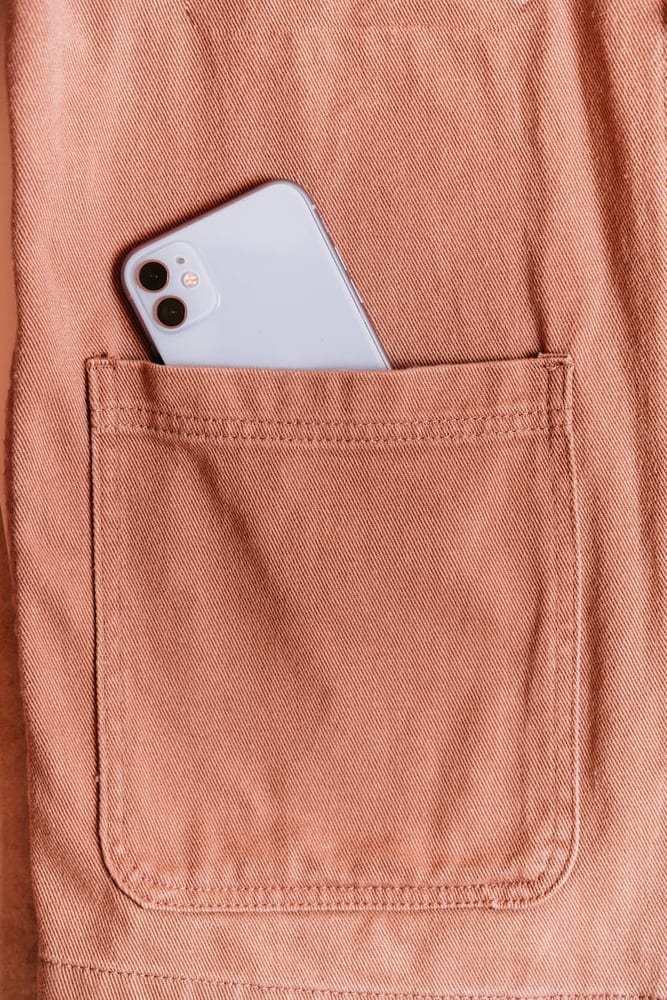Evaluating the Impact of Fabric Technology on Eco-Friendly Apparel

The Rise of Eco-Friendly Fabric Innovations
As the fashion industry grapples with its environmental impact, fabric technology has become a pivotal frontier in the quest for sustainability. Innovations like biodegradable materials and waterless dyeing processes promise to transform how we think about clothing production. These advancements not only aim to reduce environmental footprints but also cater to a growing consumer demand for sustainable options.
The focus on sustainable fabrics has led to a surge in research and development. This is particularly evident as brands seek to balance performance, cost, and environmental considerations—a complex equation that requires both innovation and compromise.
Biodegradable Materials: A Closer Look
Biodegradable materials have become a beacon of hope for sustainable fashion. These materials, designed to break down naturally, minimize landfill waste and reduce long-term environmental impact.
- Examples of Biodegradable Materials: Fabrics like Tencel, made from sustainably sourced wood pulp, and organic cotton which degrades much faster than conventional cotton.
- Implementation Challenges: Despite their benefits, biodegradable fabrics can be more costly to produce. Their performance may also differ from traditional materials, presenting challenges in terms of durability and consumer perception.
Waterless Dyeing: A Game-Changer
Traditional dyeing processes consume vast quantities of water and release toxic chemicals into ecosystems. Enter waterless dyeing technologies, which aim to mitigate these issues.
One such innovation is air-dye technology, which uses air to distribute dye onto fabric, significantly reducing water usage. Companies like AirDye Solutions have demonstrated that this process can cut water use by up to 95%.
The Economic Perspective: Costs vs. Sustainability
Sustainability often comes with an economic trade-off. Brands need to navigate the higher costs associated with eco-friendly fabrics while remaining competitive in price-sensitive markets.
The Price of Progress
While consumers are increasingly willing to pay a premium for sustainable products, affordability remains a significant barrier to widespread adoption. Many eco-friendly fabrics are still in the early stages of development, leading to higher production costs compared to conventional materials.
Navigating Market Demands
The challenge lies in striking a balance between sustainability and affordability. Companies are exploring various strategies, such as investing in scalable technology and seeking subsidies or partnerships that offset costs.
- Practical Tip: Brands should consider collaborations with technology firms or research institutions to leverage their expertise and share the financial burden.
A Mini-Framework for Fashion Designers
For those in the fashion industry seeking to incorporate sustainable fabric technologies, consider this step-by-step mini-framework:
- Research & Development: Stay informed on the latest fabric innovations and assess their applicability to your designs.
- Material Selection: Prioritize materials that offer the best balance between sustainability and performance for your specific product line.
- Cost Analysis: Conduct a detailed cost analysis to understand the financial implications of switching to sustainable materials.
- Supplier Partnerships: Develop relationships with suppliers who specialize in eco-friendly fabrics to ensure quality and reliability.
- Consumer Education: Implement marketing strategies that educate consumers about the benefits of your sustainable practices, fostering brand loyalty and justifying potential cost increases.
By following this framework, designers can make informed decisions that align with both their ethical values and business objectives.
The Future of Eco-Friendly Fashion
The trajectory of fabric technology in fashion points towards a future where sustainability is no longer a niche but a norm. While challenges remain, the continuous evolution of fabric technology holds promise for a more sustainable industry.
As more brands adopt these innovations, the cumulative effect could redefine how clothing impacts the planet—one fabric at a time.